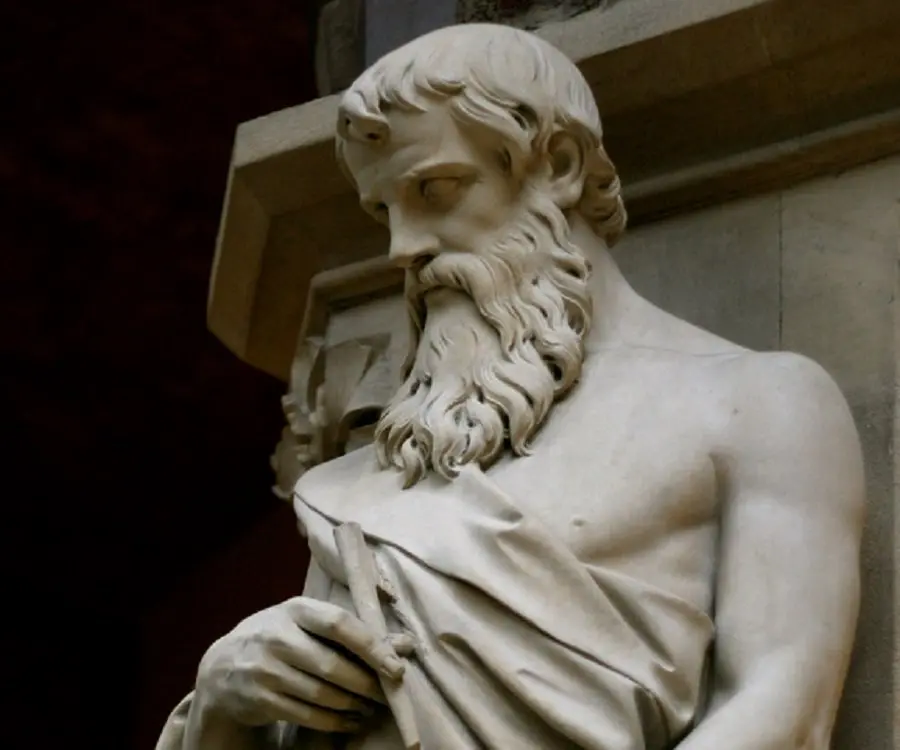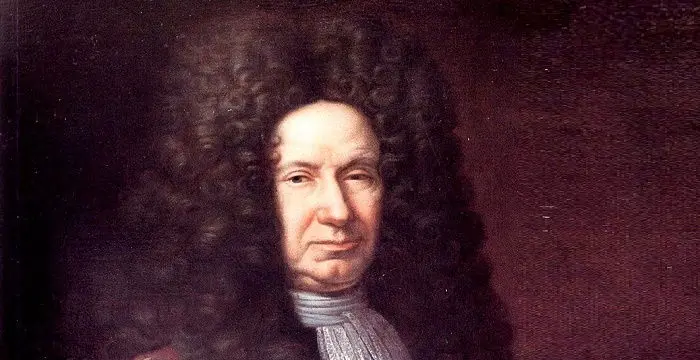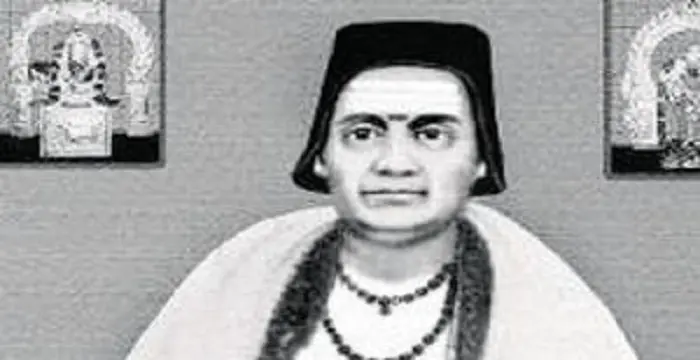
Euclid - Euclidean Algorithm, Timeline and Family
Euclid's Personal Details
Euclid was a renowned Greek mathematician, known as the ‘Father of Geometry’
| Information | Detail |
|---|---|
| Birthday | 330 BC |
| Nationality | Greek |
| Famous | Scientists, Mathematicians, Euclid's Elements, Euclidean Algorithm, Mathematician - Euclidean Geometry |
| Universities |
|
| Birth Place | Alexandria |
| Gender | Male |
| Born in | Alexandria |
| Famous as | Mathematician - Euclidean Geometry, Euclid's Elements and Euclidean Algorithm |
| Died at Age | 70 |
Euclid's photo
Who is Euclid?
Euclid was a great Greek mathematician. Although little is known about his early and personal life, he went on to contribute greatly in the field of mathematics and came to known as the ‘Father of Geometry’, Euclid is known to have taught mathematics in Ancient Egypt during the reign of Ptolemy I. He wrote ‘Elements’, the most influential mathematical works of all time, which served as the main textbook for teaching mathematics from its publication until the late 19th or early 20th century. Elements aroused interest of the Western World and mathematicians around the globe for over 2000 years. Euclid used the ‘synthetic approach’ towards producing his theorems, definitions and axioms. Apart from being a tutor at the Alexandria library, Euclid coined and structured the different elements of mathematics, such as Porisms, geometric systems, infinite values, factorizations, and the congruence of shapes that went on to contour Euclidian Geometry. His works were heavily influenced by Pythagoras, Aristotle, Eudoxus, and Thales to name a few.
Childhood & Early Life
Very little information is available about Euclid but it is presumed that he was born around 330 B.C in Tyre. Going by the accounts of certain Arabic authors, he came from a rich background. His father was “Naucrates” while his grandfather was Zenarchus.
It is said that he was a Greek born in Tyre and lived in Damascus throughout his life. However, there is no certain evidence if he was the same person as Euclid of Alexandria is often confused with Euclid of Megara, another man who was a philosopher and lived at the time of Plato.
Since lack of biographical information is rather unusual for this period, many researchers believe that Euclid may have not existed at all and, in fact, his works may have been written by a team of mathematicians who took the name Euclid. But this hypothesis is again rejected by scholars, citing lack of solid evidence.
It is also said that he studied in Plato’s ancient school in Athens, a place that was only meant for affluent people. He got his mathematical training from the students of Plato.
Career
Euclid’s ‘Elements’ is considered as one of the most influential works in the history of mathematics, from the time of its publication until the late 19th or early 20th century. It actually served as the main textbook for teaching mathematics during this period.
In his Elements, he deduced the principles of ‘Euclidean geometry’ from a small set of axioms. Euclid also wrote works on perspective, conic sections, spherical geometry, number theory and rigor.
In addition to his most famous work ‘Elements’, there are at least five works of Euclid that have survived to this day. They seem to follow the same logical structure as followed in Elements. They are ‘Data’, ‘On Divisions of Figures', 'Catoptrics', 'Phaenomena' and 'Optics'.
In addition to the abovementioned works, there are a few other works that are attributed to Euclid but have been lost. These works include ‘Conics’, ‘Pseudaria’, ‘Porisms’, ‘Surface Loci’ and ‘On the Heavy and the Light’.
Euclid's Elements
‘Elements’ is a mathematical and geometric treatise consisting of 13 books written by this great ancient Greek mathematician in Alexandria, Ptolemaic Egypt c. 300 BC.
Euclid’s ‘Elements’ is a collection of definitions, postulates, theorems and constructions and also the mathematical proofs of the propositions. All the 13 books cover Euclidean geometry and the ancient Greek elementary number theory.
It also includes geometric algebra, which helps in solving many algebraic problems, including the problem of finding the square root of a number.
The Elements is the second oldest existing Greek mathematical treatise after Autolycus' ‘On the Moving Sphere’ and has proven instrumental in the development of logic and modern science.
First time printed in 1482 in Venice, ‘Elements’ is one of the very earliest mathematical works to be printed after the invention of the printing press.
It is considered as the most successful and influential textbook ever written and believed to be second only to the holy Bible in the number of editions brought out. It is said more than 1000 editions of ‘Elements’ were brought out since the time printing came into existence.
Other Works
‘Elements’ was Euclid’s most famous work and continues to influence mathematics even to this day but he wrote a number of other books as well. At least 5 works of Euclid have survived to this day.
Data: This book holds 94 propositions and basically deals with the nature and implications of "given" information in geometrical problems.
On Divisions of Figures: Another important work of Euclid but survives only partially in Arabic translation. It resembles a work (3rd century) of ‘Heron of Alexandria’
Catoptrics: It is another important work that is related to the mathematical theory of mirrors. J J O'Connor and E F Robertson, however, consider 'Theon of Alexandria' as the real author.
Phaenomena: It throws light on spherical astronomy. It is strikingly similar to ‘On the Moving Sphere’ by Autolycus of Pitane, who flourished around 310 BC.
Optics: This work shares knowledge about theory of perspective and is the earliest surviving Greek treatise on perspective.
Apart from the five abovementioned extant works, there are some other works attributed to Euclid, but have been lost. These are ‘Conics’, ‘Porisms’, ‘Pseudaria’ and ‘Surface Loci’. In addition to these, various Arabic sources consider Euclid as author of several works on mechanics.
Personal Life & Legacy
There is not much information and records relating to Euclid’s personal life but historians believe that he breathed his last around 260 B.C.
His most famous book “The Element” was eventually translated from Arabic to Latin by Campanus. The first printed addition of the same appeared in 1482 in Venice.
In 1570, John Dee translated “The Element” in English. Dee’s lectures were able to revive interest in mathematics in England.
An Italian mathematician, Girolamo Saccheri, in 1733 tried for years to outdo the works of Euclid but his attempts to refute it went futile as he could not even find a single flaw in Euclid’s theories. Eventually, he gave up and published “Euclid Cleared of Every Flaw”.
The legacy that Euclid left behind is immense. He inspired personalities such as Abraham Lincoln, who used to religiously carry “The Elements” with him everywhere and used to quote the genius in his speeches.
Euclid influenced great philosophers and mathematicians such as Newton and Descartes who propounded their philosophical works using Elucid’s format and structure. They also moved from simple principles towards complicated concepts just like Elucid.
Top 10 Facts You Did Not Know About Euclid
The name “Euclid” means "renowned, glorious”.
His book ‘Elements’ served as the main textbook for teaching mathematics from the time of its publication to until around early 20th century.
Most of the other Greek mathematicians from Archimedes onward referred to him as "the author of Elements" and not by name.
Some researchers are of the belief that Euclid was not a historical character and that his works were written by a team of mathematicians who collectively took the name Euclid. However, there is little evidence to support this hypothesis.
Euclid’s Optics was the first surviving Greek dissertation on the perspective of optics.
His work ‘Divisions of Figures’ survives only partially in Arabic translation.
A detailed biography of Euclid was given by Arabian authors though researchers believe the work to be completely fictitious.
Medieval translators and editors often confused Euclid with the philosopher Eukleides of Megara who lived about a century before.
The geometrical system he described in the ‘Elements’ is referred to as Euclidean geometry to distinguish it from other so-called non-Euclidean geometries that mathematicians discovered in the 19th century.
It is often said that ‘Elements’ is one of the most translated, published, and studied of all the books produced in the Western world.
Euclid biography timelines
- // 330 BCVery little information is available about Euclid but it is presumed that he was born around 330 B.C in Tyre. Going by the accounts of certain Arabic authors, he came from a rich background. His father was “Naucrates” while his grandfather was Zenarchus.
- // 300 BC‘Elements’ is a mathematical and geometric treatise consisting of 13 books written by this great ancient Greek mathematician in Alexandria, Ptolemaic Egypt c. 300 BC.
- // 260 BCThere is not much information and records relating to Euclid’s personal life but historians believe that he breathed his last around 260 B.C.
// Famous Mathematicians
Grigori Perelman
Grigori Perelman is a Russian mathematician who is best known for his contributions to Riemannian geometry and geometric topology. Check out this biography to know about his childhood, family life, achievements and fun facts about him.
Terence Tao
Terence Tao is an Australian- American mathematician who has contributed enormously to the field of mathematics. Check out this biography to know about his childhood, family life and achievements.
Isaac Newton
Isaac Newton was an English scientist and mathematician, who discovered gravitation and Newtonian Mechanics. Read this biography to find more on his life.
Brahmagupta
Brahmagupta was a highly accomplished ancient Indian astronomer and mathematician. This biography of Brahmagupta provides detailed information about his childhood, life, achievements, works & timeline.
Giovanni Domenico Cassini
Giovanni Cassini was a 17th century Italian mathematician, astronomer and astrologer. This biography of Giovanni Cassini provides detailed information about his childhood, life, achievements, works & timeline.
Bhāskara II
Bhaskara II was a 12th century Indian mathematician. This biography of Bhaskara II provides detailed information about his childhood, life, achievements, works & timeline.
Euclid's FAQ
When was Euclid died?
Euclid was died at 2020-04-14
Where was Euclid died?
Euclid was died in NA
Which age was Euclid died?
Euclid was died at age 70
Where is Euclid's birth place?
Euclid was born in Alexandria
What is Euclid nationalities?
Euclid's nationalities is Greek
What was Euclid universities?
Euclid studied at Plato's Academy, Athens, Greece
How famous is Euclid?
Euclid is famouse as Mathematician - Euclidean Geometry, Euclid's Elements and Euclidean Algorithm








